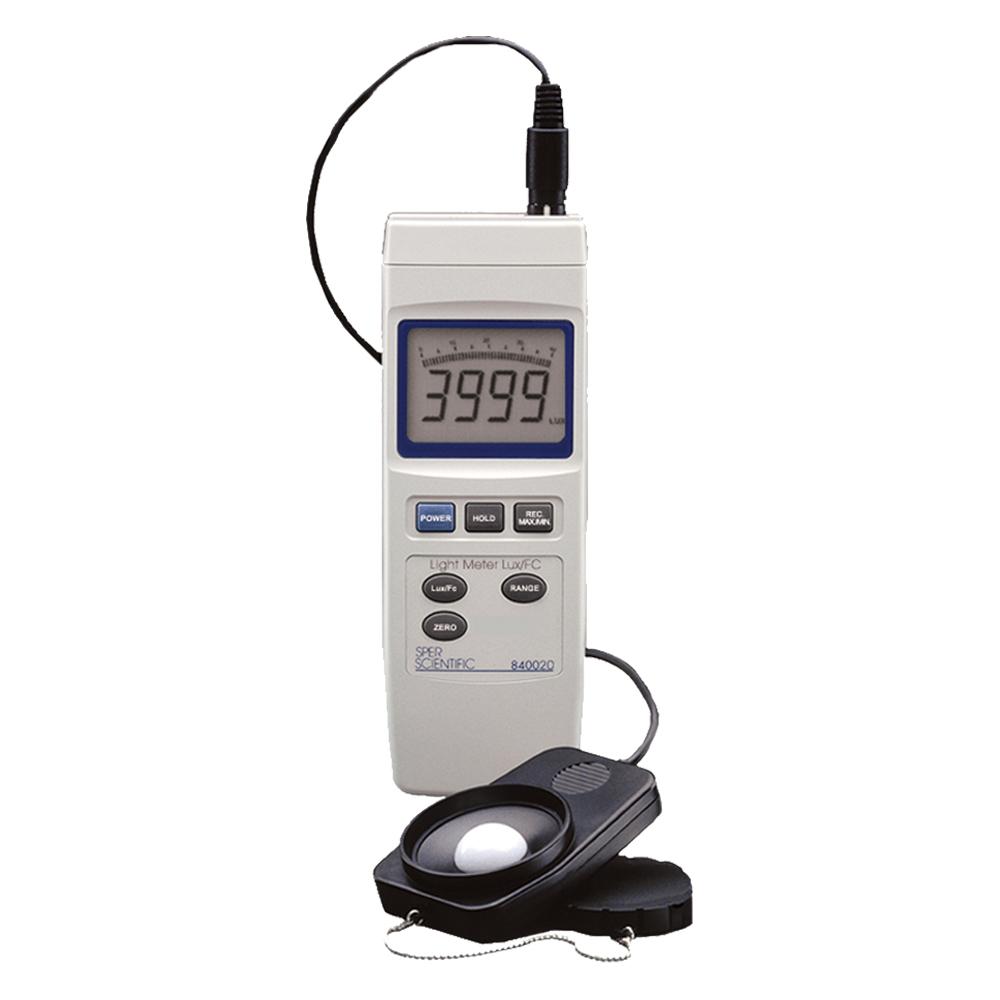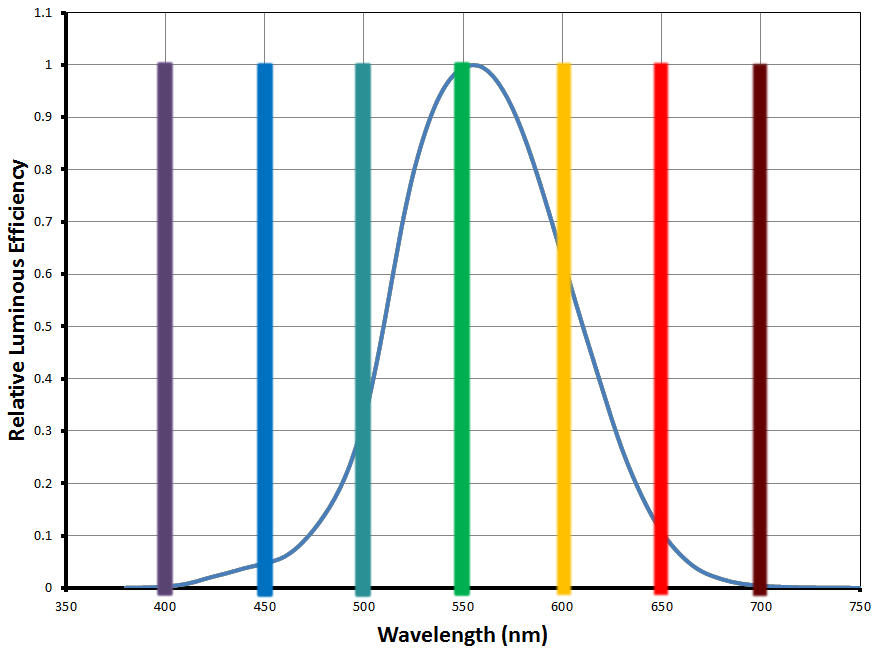- Joined
- Sep 18, 2017
- Messages
- 5,590
- Reaction score
- 3,440

Sper Scientific 840022 Advanced Light Meter BRAND for sale online | eBay
Find many great new & used options and get the best deals for Sper Scientific 840022 Advanced Light Meter BRAND at the best online prices at eBay! Free shipping for many products!
www.ebay.com
Shopping on eek bay can get you some quality used ones for cheap..

Light Meter (Lux & Foot-Candles)
Monitor visible light levels anywhere with fast, stable and accurate response. Results are easily read on the extra large LCD (1½" high, 38.1 mm) with bar graph, low battery and over range indications. The color and cosine corrected sensor meets C.I.E. photopic spectrum. Will read LED light...
One I bought was an INS DX-200 for $20-ish used..

















